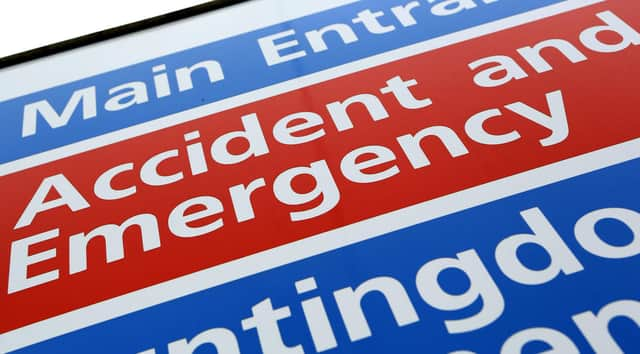Drop in visits to A&E at Tameside and Glossop Integrated Care last month


Fewer patients visited A&E at Tameside and Glossop Integrated Care last month – but attendances were higher than over the same period last year, figures reveal.
NHS England figures show 8,929 patients visited A&E at Tameside and Glossop Integrated Care NHS Foundation Trust in February.
Advertisement
Hide AdAdvertisement
Hide AdThat was a drop of 2% on the 9,132 visits recorded during January, but 23% more than the 7,230 patients seen in February 2021.
The figures show attendances were below the levels seen before the coronavirus pandemic – in February 2020, there were 9,885 visits to A&E at Tameside and Glossop Integrated Care.
The majority of attendances last month were via major A&E departments – those with full resuscitation equipment and 24-hour consultant-led care – while 19% were via minor injury units.
Across England, A&E departments received 1.8 million visits last month.
Advertisement
Hide AdAdvertisement
Hide AdThat was a decrease of 3% compared to January, but 43% more than the 1.3 million seen during February 2021.
At Tameside and Glossop Integrated Care NHS Foundation Trust:
In February:
There were 257 booked appointments, down from 276 in January
68% of arrivals were seen within four hours, against an NHS target of 95%
830 patients waited longer than four hours for treatment following a decision to admit – 9% of patients
Of those, 92 were delayed by more than 12 hours
Separate NHS Digital data reveals that in January:
The median time to treatment was 112 minutes
Around 6% of patients left before being treated